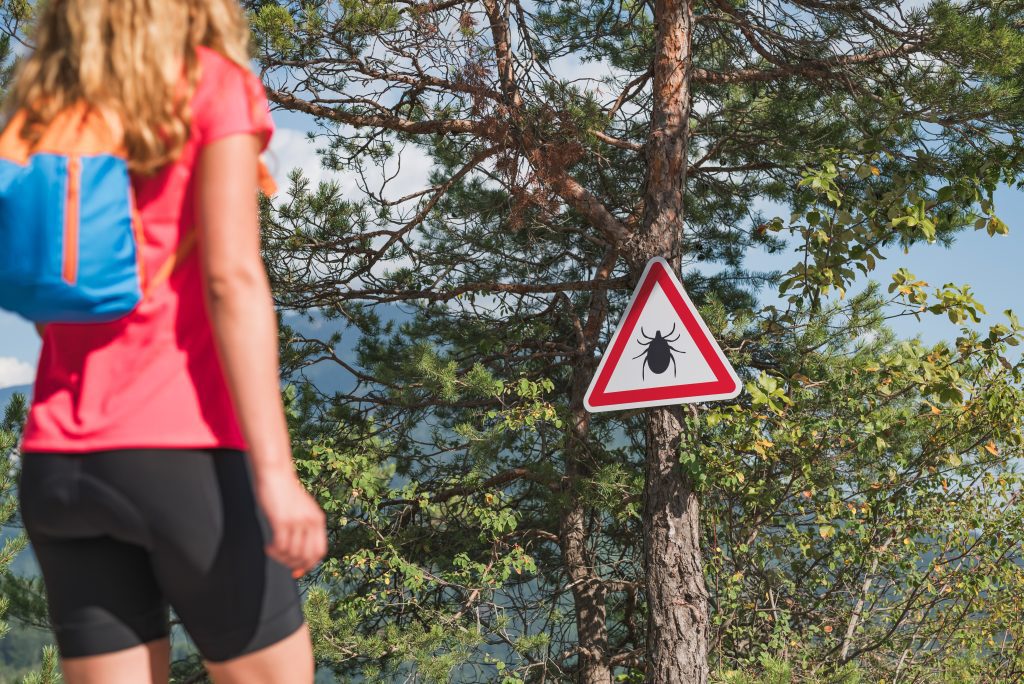How to Check for Ticks on Yourself & What to Do If You Find One
It’s time for a tick talk, because they’re around even when you don’t know it. They lurk through tall grasses, wooded areas, and backyards. They attach to warm-bodied hosts like you, your pets, and wild animals.
Ticks are a type of arachnid (like spiders!), and much like outdoor-loving humans, their peak activity periods occur in the spring, summer, and early fall. Staying on high alert during these times is essential, as ticks can transmit very serious diseases to humans and animals.
Vulcan Termite & Pest Control Inc. has been in business since 1965, so it’s safe to say we know just about every bug in the book—especially the ones that pose the highest risk to families here in Alabama. Keep reading to learn how to check for ticks on yourself and what to do if you find one.
Prevention = Protection
Size doesn’t matter, where ticks are concerned. Seven species of ticks across the United States are known to transmit 13 different types of disease. An infected tick can cause symptoms that range from mild to life-threatening.
Before going outdoors, apply repellents containing picaridin to exposed skin and treat your clothing with permethrin-containing products.
Effective tick prevention doesn’t stop there.
You should also treat your animals for ticks. There are over-the-counter collars, shampoos, and monthly medications that will protect your furry friend from tick encounters. Prevention equals protection, which matters most when you’re up against pests that pose serious health risks to pets and people.
How to Check for Ticks on Yourself
Due to being tiny, ticks can easily evade detection, so you must check your clothes and your whole body. Pay special attention to your underarms, ears, hair, between your legs, the back of your knees, around the waist, and, believe it or not…inside your belly button. To a tick, these are all great hiding spots.
Ticks don’t burrow, though. So, despite their smallness, you will likely notice if a tick is on you, as long as you check everywhere.
These little arachnids also like to cling to your clothing, so when you undress, check your clothing inside and out for these hard-to-spot bugs. If you come across any ticks on your clothing, you can dry your items on high heat to eliminate the potential of spreading larvae. Once you’ve ensured no ticks are in sight, shower off, and you’ll be good to go.
Take what you’ve learned about how to check for ticks on yourself and apply it to those around you, too. Ticks are a threat to your loved ones and furry friends, so everyone needs a thorough tick-check after spending time outdoors.
Handle the Bite Right
If you find a tick on yourself, don’t panic or get ticked off. Follow this tick removal procedure:
- With fine-tipped tweezers, grip the embedded tick’s body as close to the skin as you can. The tick latches on using its barbed mouthparts, which secrete a glue-like substance as it feeds, sometimes making removal difficult.
- Pull in an upward motion slowly, steadily, and tightly. Avoid quick motions that could cause parts to break off and get stuck beneath the skin.
- DO NOT apply any substance such as vaseline or nail polish remover, and DO NOT squeeze the tick as it could secrete infected fluids into the wound.
- Once you safely remove the tick, clean the affected area with soap and water.
If you have reason for concern, you can submit the tick to an identification and pathogen testing center for analysis. Otherwise, watch out for rash, fever, or flu-like symptoms. Reach out to a healthcare provider immediately if your health begins to decline after you suspect or know that ticks have made contact with or bitten your skin.
Stay Tick-Free
Stay tick-free this season with our “ticks and tricks.” Check out our pest blog for all your pest-related tips, and contact Vulcan Termite for your pest control needs!


